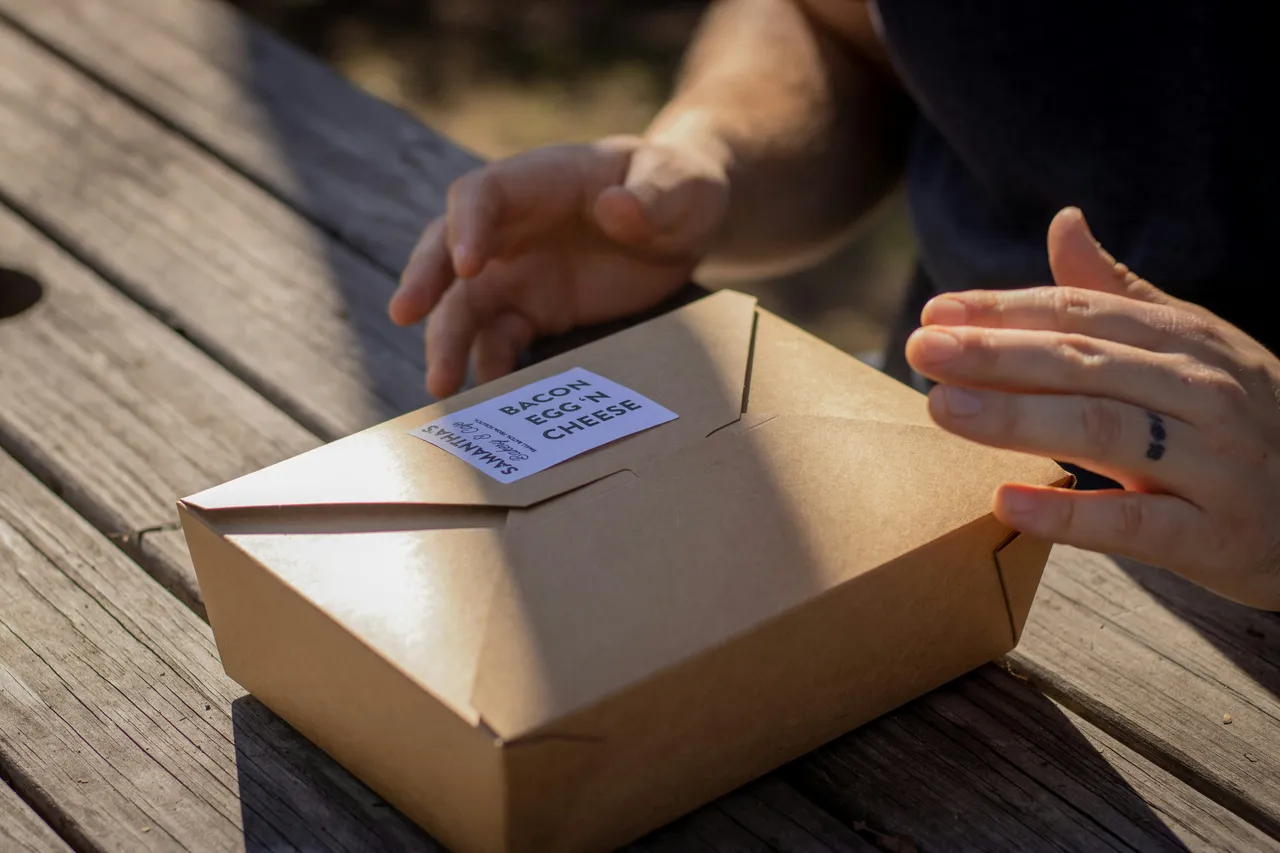
Eco-Friendly Packaging Solutions: Sustainable Practices for Modern Shipping
In a world increasingly aware of the environmental impact of its actions, eco-friendly packaging solutions stand at the forefront of sustainable practices in modern shipping. This article explores innovative and sustainable packaging options that not only reduce waste but also promise efficiency in shipping and handling.
The Importance of Sustainable Packaging
Sustainable packaging is no longer a trend but a necessity in today’s environmentally conscious world. The shift towards eco-friendly options reflects a commitment to reducing the environmental footprint of shipping activities. By opting for materials that are recyclable, biodegradable, or made from renewable resources, businesses and consumers alike can contribute significantly to conserving natural resources and minimizing pollution. Sustainable packaging also often involves reducing the amount of material used, thereby decreasing waste and the costs associated with both materials and shipping.
The benefits of sustainable packaging extend beyond environmental conservation. They include enhancements in brand image, customer satisfaction, and compliance with regulatory standards. Consumers are increasingly preferring businesses that demonstrate environmental responsibility, making sustainable packaging a powerful tool for building brand loyalty and competitive advantage.
Innovations in Eco-Friendly Packaging
Innovation is key to advancing the sustainability of packaging solutions. From plant-based materials to mushroom packaging, the market is witnessing a surge in creative and effective alternatives to traditional packaging. Plant-based packaging, made from materials like cornstarch or sugarcane, offers a biodegradable solution that breaks down much faster than conventional plastics. Meanwhile, mushroom packaging, grown from mycelium and agricultural waste, presents a compostable option that is both sturdy and lightweight.
Another promising avenue is the development of recyclable and reusable packaging. By designing packaging with its end-of-life in mind, manufacturers can ensure that materials are either easily recycled or repurposed. This circular approach not only reduces waste but also conserves resources by keeping materials in use for as long as possible.
Challenges and Considerations
Adopting eco-friendly packaging is not without its challenges. Issues such as cost, material availability, and the need for consumer education can pose significant hurdles. Sustainable materials often come with a higher price tag, making them less accessible for small businesses and budget-conscious consumers. Moreover, the effectiveness of recycling programs varies widely across regions, affecting the viability of recyclable packaging solutions.
Education plays a crucial role in overcoming these obstacles. By informing consumers about the benefits of sustainable packaging and how to properly dispose of it, businesses can drive demand for eco-friendly options and encourage responsible consumption practices. Additionally, collaboration among businesses, governments, and environmental organizations can help to address systemic barriers and promote the development of sustainable packaging infrastructure.
Looking Ahead: The Future of Packaging
The future of packaging lies in sustainability. As technology advances and consumer awareness grows, we can expect to see even more innovative solutions emerge. Smart packaging, which incorporates QR codes or NFC technology, offers exciting possibilities for enhancing the recyclability of packaging by providing consumers with information on how to dispose of it properly. Furthermore, the ongoing development of bio-based materials promises to deliver even more environmentally friendly options.
Embracing sustainable packaging requires a shift in mindset and a commitment to long-term environmental stewardship. By prioritizing eco-friendly materials, designing for recyclability, and educating consumers, businesses can lead the way in reducing the environmental impact of shipping and packaging. Together, we can build a more sustainable future, one package at a time.
This article was developed using available sources and analyses through an automated process. We strive to provide accurate information, but it might contain mistakes. If you have any feedback, we'll gladly take it into account! Learn more

